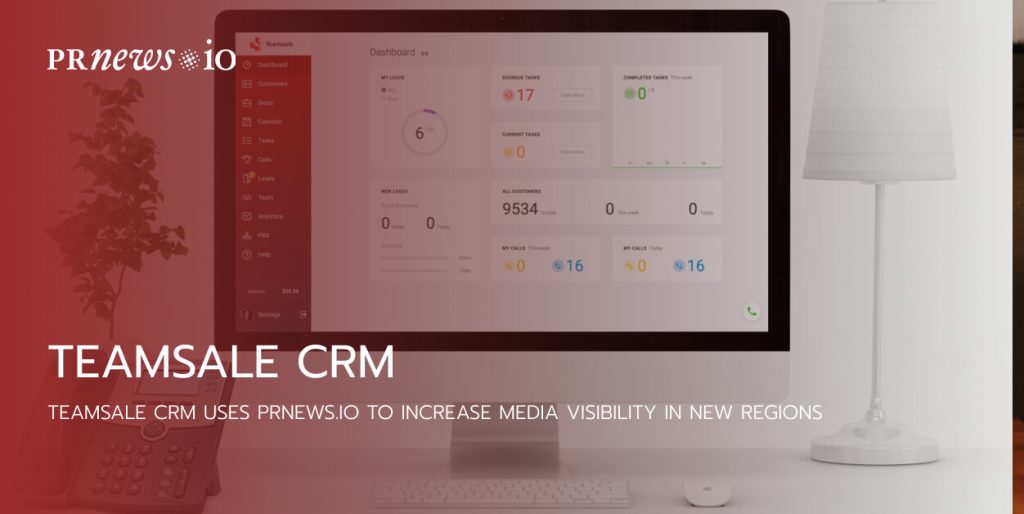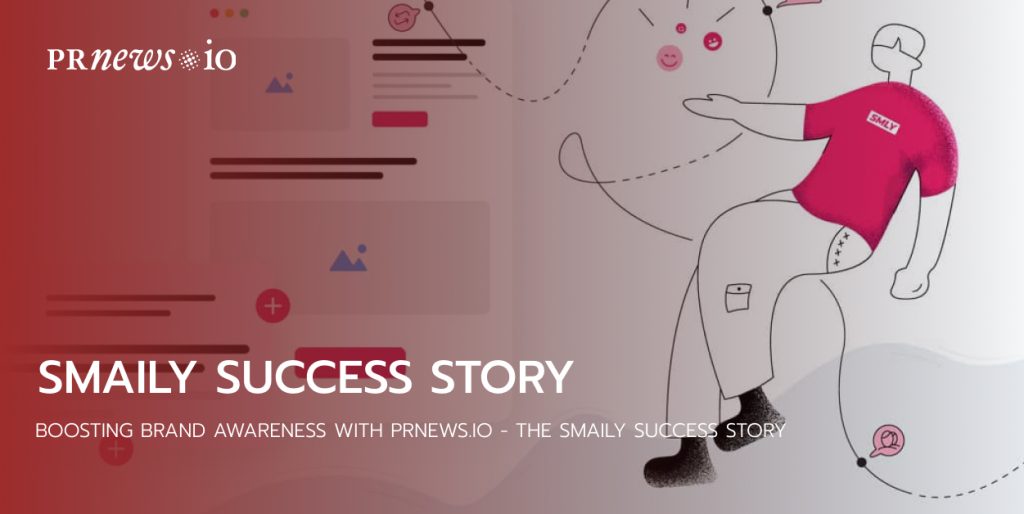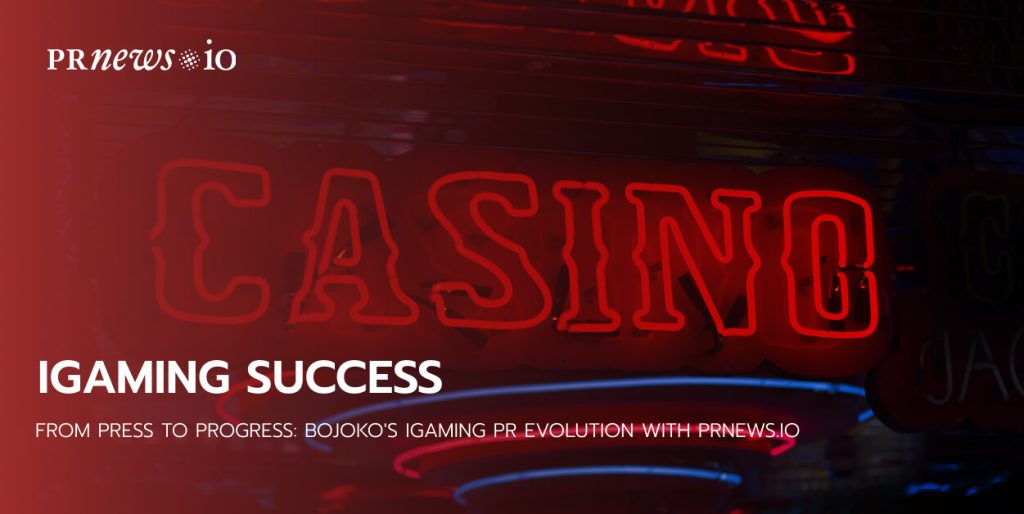White hat link building. Link building is by far one of the most valuable things any digital marketer should know about.
A digital marketer can learn a lot of different things, but link building is one of the few that applies equally well to every web project you ever get involved with. Links are the currency of the Internet and remain the most important factor when it comes to search engine visibility.
If you are taking your first steps with link building, this white hat link building guide will come in handy for you. It is perfectly suited for beginners and experts looking for working tips and techniques to get the best results step-by-step.
In this guide, we will discuss:
- What is white hat link building;
- What makes white hat link building different from gray and black hat link building;
- The most effective white hat link building techniques.
Content Marketing Platform
- 100,000+ media publications;
- get backlinks to your product;
- scale work with content distribution.
What Is White Hat Link Building
If you are looking for ways to achieve better exposure for your business and gain better visibility in search engines, link building is the right way to go. Although many might assume that link building can be time and effort-consuming, it’s one of the most efficient ways to grow your business and reach higher positions in search engine rankings.
Online marketing specialists and SEO specialists assume that the quality of linking websites is one of the most prominent ranking factors. According to Ahrefs, the overall link authority of a website correlates with higher rankings. It means that SEO and link-building, in particular, mean a lot for getting loads of organic traffic to your site. In this article, we will focus on white hat link building, though we will also explain what makes it different from grey and black hat link building. We focus on white hat link building because it is an ethical way of getting higher SERP positions.
While implementing white-hat link-building techniques, you can show search engines how much you respect the rules and ranking factors Google expects you to use. For example, you may look for websites with broken links and reach out to the editor who published the content. You can also suggest replacing broken links with links to your website’s dedicated pieces of content.
You may also take advantage of using white hat link building to promote your eBook or infographics on relevant blogs and websites that may be interested in featuring your works in their content. By doing so, you can get dofollow links to your site and some referral traffic provided that the linking page also has organic traffic on its own.
White hat link building is all about writing personalized pitches as part of your outreach intentions of targeting authority websites and acquiring quality links back to your site.
White Hat Link Building VS Black and Grey Link Building
Simply put, white-hat link-building techniques are the way to go for businesses that aim to get a higher ranking in SERP. Although it’s rather demanding and takes some time to be implemented, it will provide your business with rewards in the long run.
Grey hat link building combines the white hat techniques that Google approves and those that are not that bad but might put your business at risk. While using grey hat link-building techniques, you can get your site in a little trouble. Still, it won’t violate Google’s and Bing’s guidelines as much as black hat link building does. Some of the most vivid examples of grey hat link building are buying expired domains with a big number of backlinks or buying lots of links to your site without adding the “sponsored” tag to them.
Black hat link building includes SEO techniques that can result in severe penalties for your site, which should be better avoided. In some cases, such violations of search engines’ guidelines can be permanent.
Some of the most widespread examples of black hat link building include coloring anchor texts of links used in your content, thus hiding them from your readers. Black hat is also about CTR manipulation, taking part in private blog networks, buying links on networks that are considered to be high-authority that aren’t so.
Businesses using grey and black hat link-building tactics might see the first results of their work soon after implementing the chosen tactics into their marketing campaigns. However, they also face the risk of huge revenue, traffic, and job losses. If you don’t want to play tricks and ensure that your business doesn’t violate search engines’ rules, white hat link building will be the best choice for your site. Provided that Google gets more serious about the link-building techniques used by businesses, the following white-hat link-building techniques will help you improve your SEO strategy, increase organic traffic, and improve your site’s ranking.
White Hat Link Building Techniques
In this guide, we will take a closer look at nine major strategies that will help you build an effective white hat link-building campaign.
Guest Post Outreach
Guest posting is one of the most effective white-hat link-building techniques that let you get in touch with other blogs, websites, and media outlets to get your content published on their web resources and feature do-follow links to your web page.
While outreaching blogs and websites in your niche, you may be interested in coming across web resources interested in the topics you highlight on your website and accepting guest posts on their platform.
Guest posting is one of the sure-fire ways of earning backlinks. Suppose you create quality content that other businesses in your niche or other industries may also find to be useful. Why should you miss the opportunity to reach them out and suggest useful reads? Moreover, Google won’t penalize you for adding content to other web resources and adding links back to your site. The search engine appreciates content that brings value to readers and features references to web resources that make your content more comprehensive to the reader.
The only case when guest posting can link to penalties is the situation when you don’t carefully check the resource where you are going to share your content. You will never face the risk of getting penalized by Google if you publish your content on web portals of high authority. Outreach websites that are in the same niche as your project. Otherwise, the search engine might mark your content as fraudulent or irrelevant.
To avoid the risk of getting the white hat penalty, you should avoid posting your content on websites that sell guest posting opportunities while inviting you to publish a guest post or advertise via guest posting. Such resources do not let you add more than one link to your site and are often marked as untrustworthy by Google. Is the game worth the candle? It’s hardly so.
What tools can you use to outreach blogs and websites in your niche? There are many solutions. Let’s take a look at some of the most common options.
- Blog search engines. If you don’t know where to start, you can use blog directories where bloggers add their web portals under topics and categories, which significantly facilitates your search. For example, you can use Bloglovin, Bloggapedia, OnTopList, and other blog directories for blog post outreach.
- You can also find bloggers and influencers who accept guest posts while running a simple search on Facebook, Instagram, Twitter, LinkedIn, etc.
- Story and blog aggregators like AllTop, Feedly, or Digg, also provide you with handy guest post outreach opportunities while letting you find the most relevant sites for sharing your content.
- You can also check comments in blogging communities. As a rule, bloggers that are interested in growing their online projects and attracting more clients are actively commenting on other blogs. It’s easy to notice them and reach them out with your guest posting offer right away.
- While running a simple search in Google, you can come up with a list of blogs that are willing to accept guest posts. To find exactly what you need, you can type something like “Write For Us” + [niche].
Distributing Content through Content Marketing Platform
If you are looking for a professional team to help you find reputable and trusted websites for publishing your content, you can always rely on PRNEWS.IO. The content marketing platform will help you find the right publishers for sharing relevant pieces of content that you create. You will be provided with a list of selected media portals that match your specific requirements. Whenever you need help or have a question, the pro support team is always ready to assist. While relying on content marketing experts, you may feel safe that your white hat link-building strategy will work exactly how you suggested and your domain won’t be subject to Google penalties.
Distribute Your brand Content
Add Internal Links to Well-Performing Content
If your blog has been available on the web for some time already, you can come up with a list of your site’s top-performing pages in Google Analytics or similar programs. While adding links to the great pieces of content that rank high in Google, you can bring organic traffic to the page to which you are linking. Although internal linking isn’t as great as using external linking strategies, it is still better to use internal links than no links at all.
Commenting on Blogs
Leaving relevant and genuine comments on high-authority blogs is another white hat link building technique that you can go in for. Although some may suggest it’s a black hat strategy that brings your site under the risk of being penalized, the reality is different. According to the head of Google’s Webspam Team, Matt Cutts, blog commenting is totally fine when done properly. Once you come across a blog post on a high-authority website, you can leave a genuine comment with a link to a relevant article on your site. Google appreciates it when users share useful links and information that brings value to readers.
Using Media Outlets
Services like HARO help journalists connect with high-authority blogs and news websites to get their valuable insights published. The service lets blogs and news portals post questions and collect answers from journalists who are experienced in certain questions. While writing answers, journalists can feature links to their sites and relevant blog posts, thus making their answers more informative. More informative answers are highly appreciated. You can also provide quotes that are relevant to the topic.
However, while using this technique, you should be careful to avoid grey hat penalties. Some press release submission sites are designed similar to news and media outlets, which makes it difficult for journalists to distinguish them from reputable news portals. Such press release submission websites distribute content that is packed full of irrelevant and spammy links. It’s difficult for the human eye to figure it out. However, it’s not the case with Google. The search giant quickly distinguishes them and files penalties.
Getting Backlinks from Authority Sites
We are talking about sites with .edu, .org, or .gov domains. When high-authority websites link back to your blog – it means a lot for search engines.
Getting links from such web resources is not easy but possible. The easiest way to do it is by asking the education center or university where you studied to add a reference to your content. You can write an alumni update or similar content. You can also partner with a local non-profit organization with the .org domain and ask them for a link back to your resource.
Getting Featured in the “Top” and “Best” Articles
Whatever industry you belong to, you can always find blog posts featuring collections of the best and top-rated websites/people/software, etc. based on certain criteria. When you come across such articles in Google search, it’s always a good idea to get in touch with the editor by sending him a pitch.
However, you should also be cautious while getting featured in such posts. The present-day situation on the web is different from the way things worked a couple of years ago. There are too many “best” and “top” articles on the web. The sad truth is that the majority of them are published on low-authority sites. That’s why you should carefully check how reputable is the chosen website before asking them to link back to your content.
Getting Featured in Online Directories
Getting featured in online directories is a great opportunity for businesses to find their prospective customers. Besides, a listing commonly includes at least one link to your website, making the sign-up for a listing a great solution for improving your site’s SEO.
Getting listed in online directories shouldn’t be considered as fraudulent behavior by search engines. It’s one of the purest white hat link-building techniques. However, if the directory’s domain authority is doubtful, the SEO benefits for your site decrease immediately.
Bottom Line: white hat link building
White hat link building is a science that you can master. Unlike grey and black hat link building, white hat link building brings a lot of benefits to your site’s SEO and your brand’s visibility. There are many techniques that you may go in for. However, before you decide to outreach a blog or a new site in your business niche, double-check the domain authority of the selected web resource. It’s better for you not to be featured on a low-quality blog or site than to spend months recovering from Google penalties.





